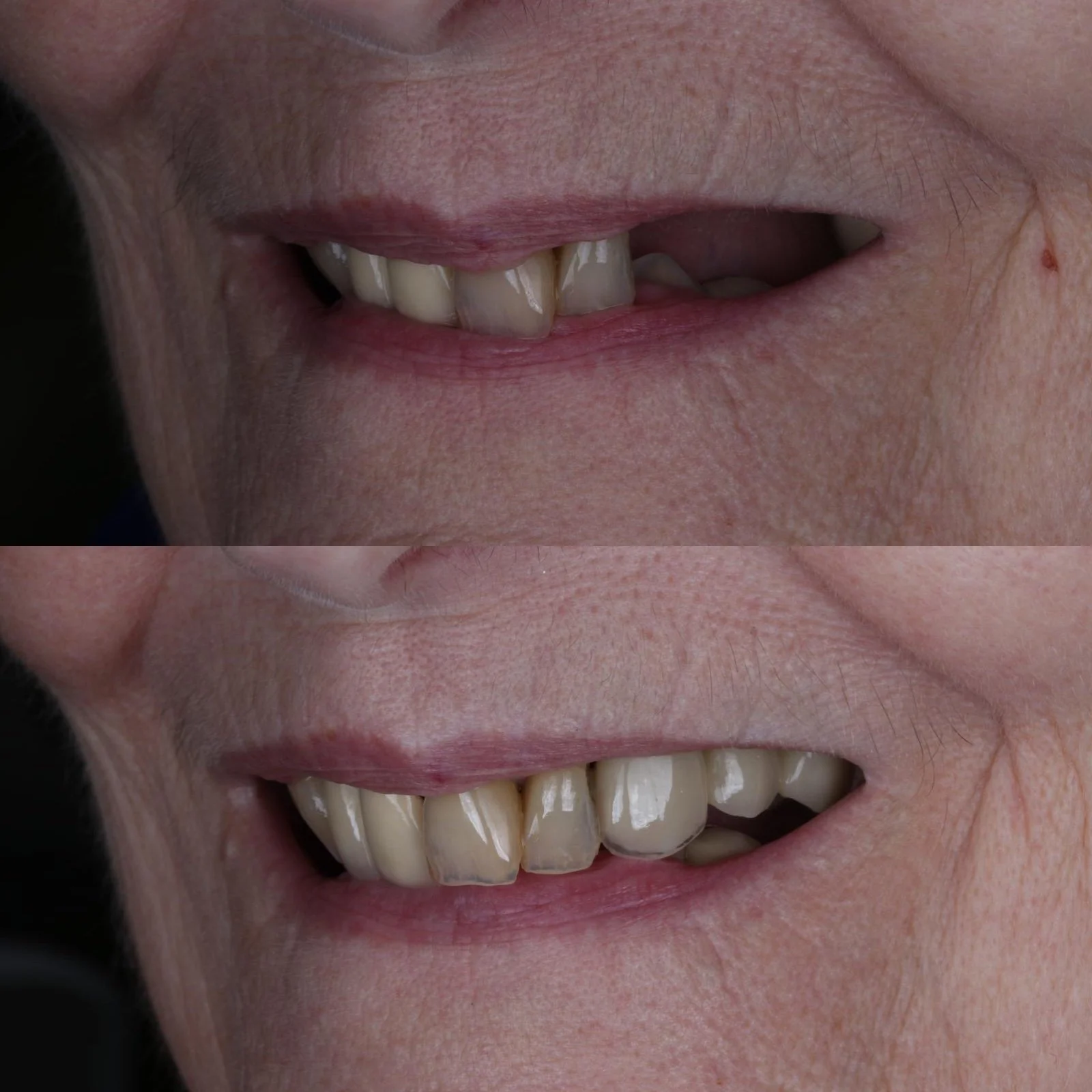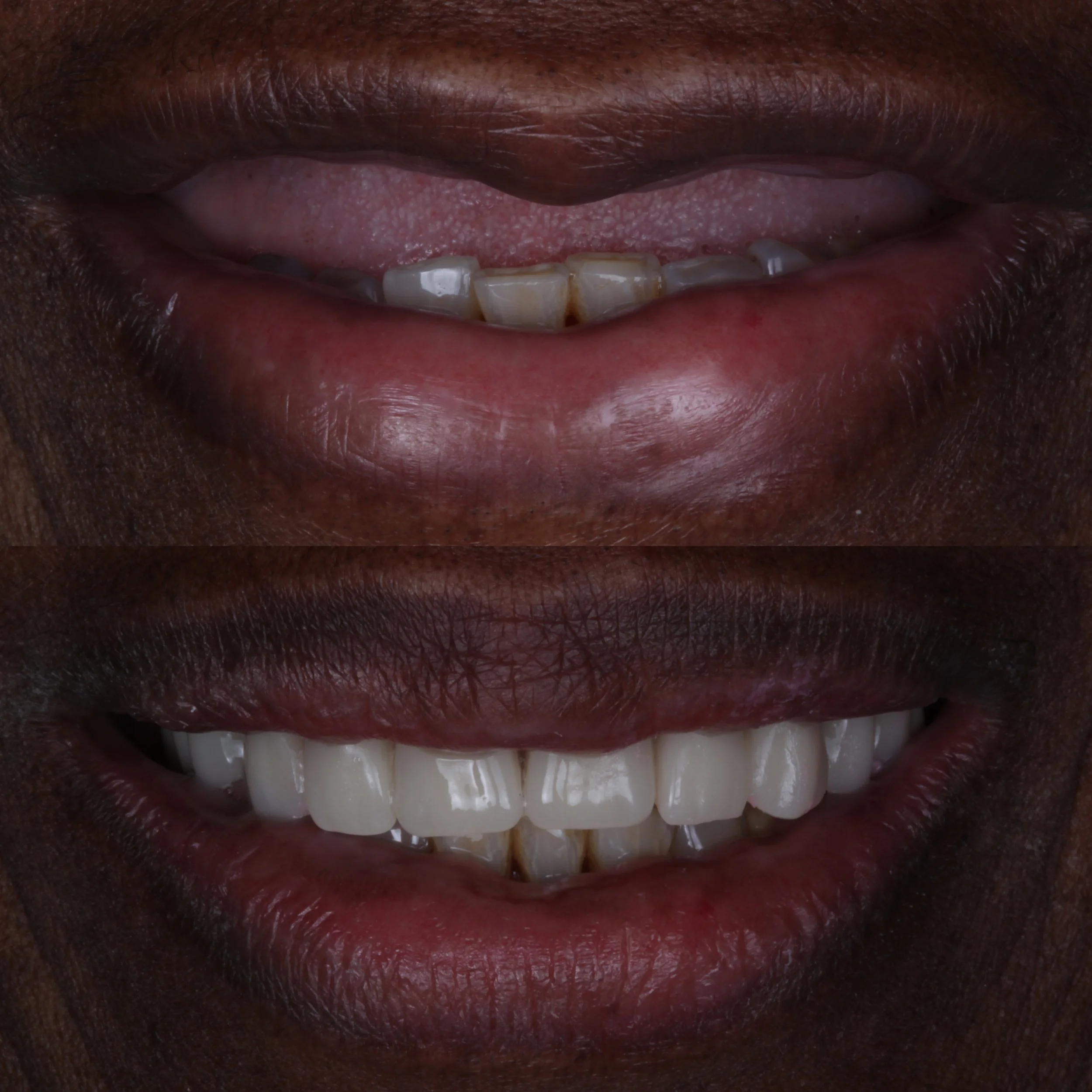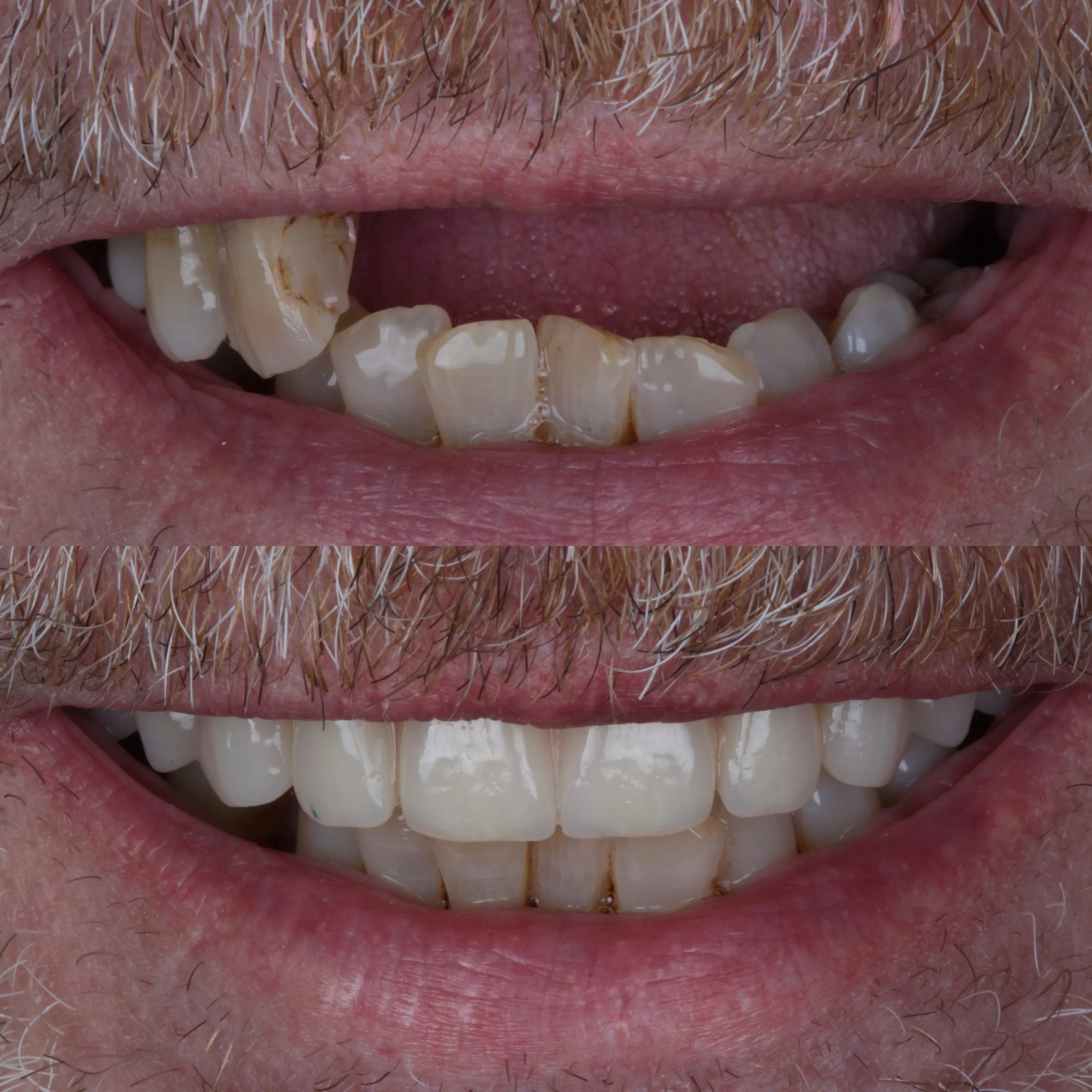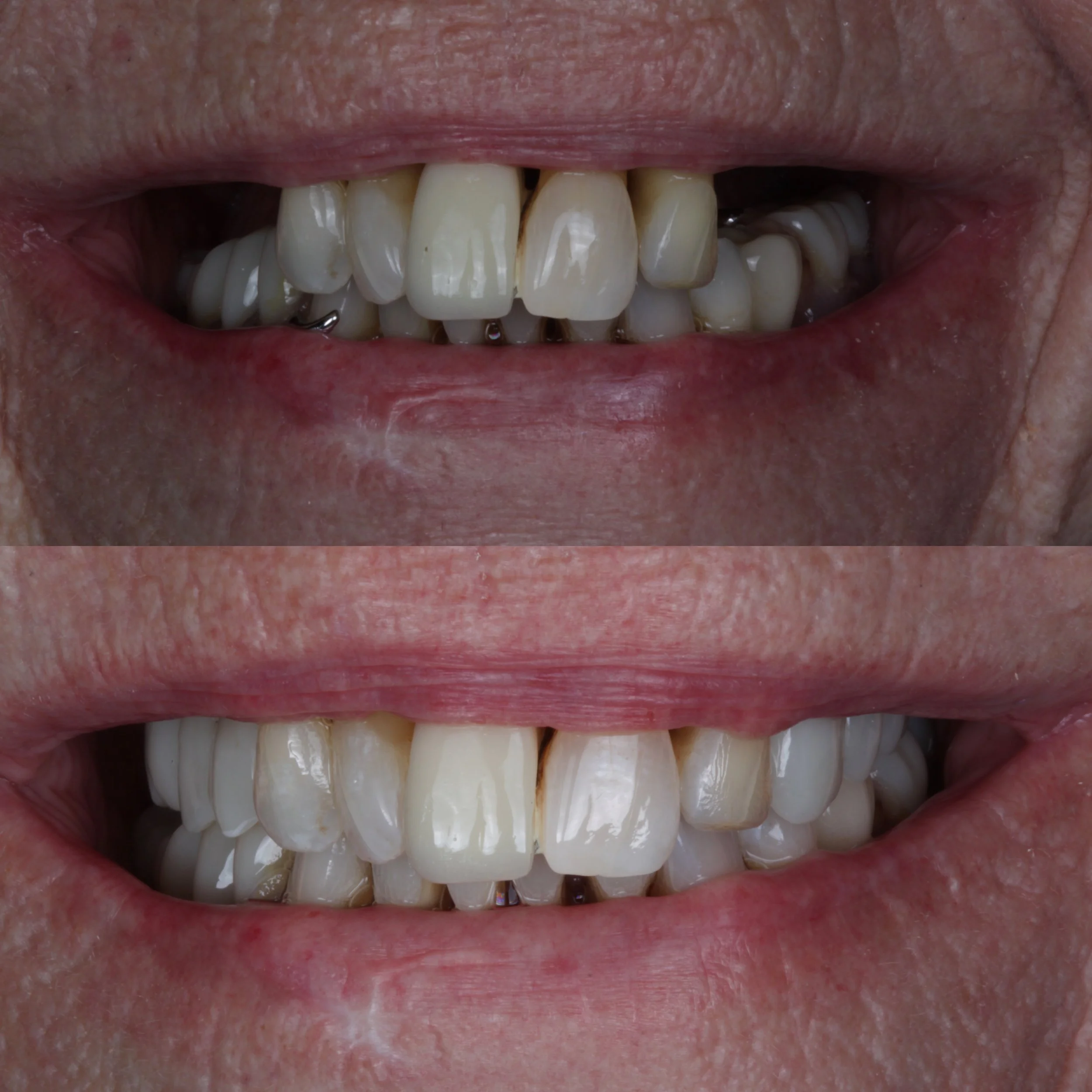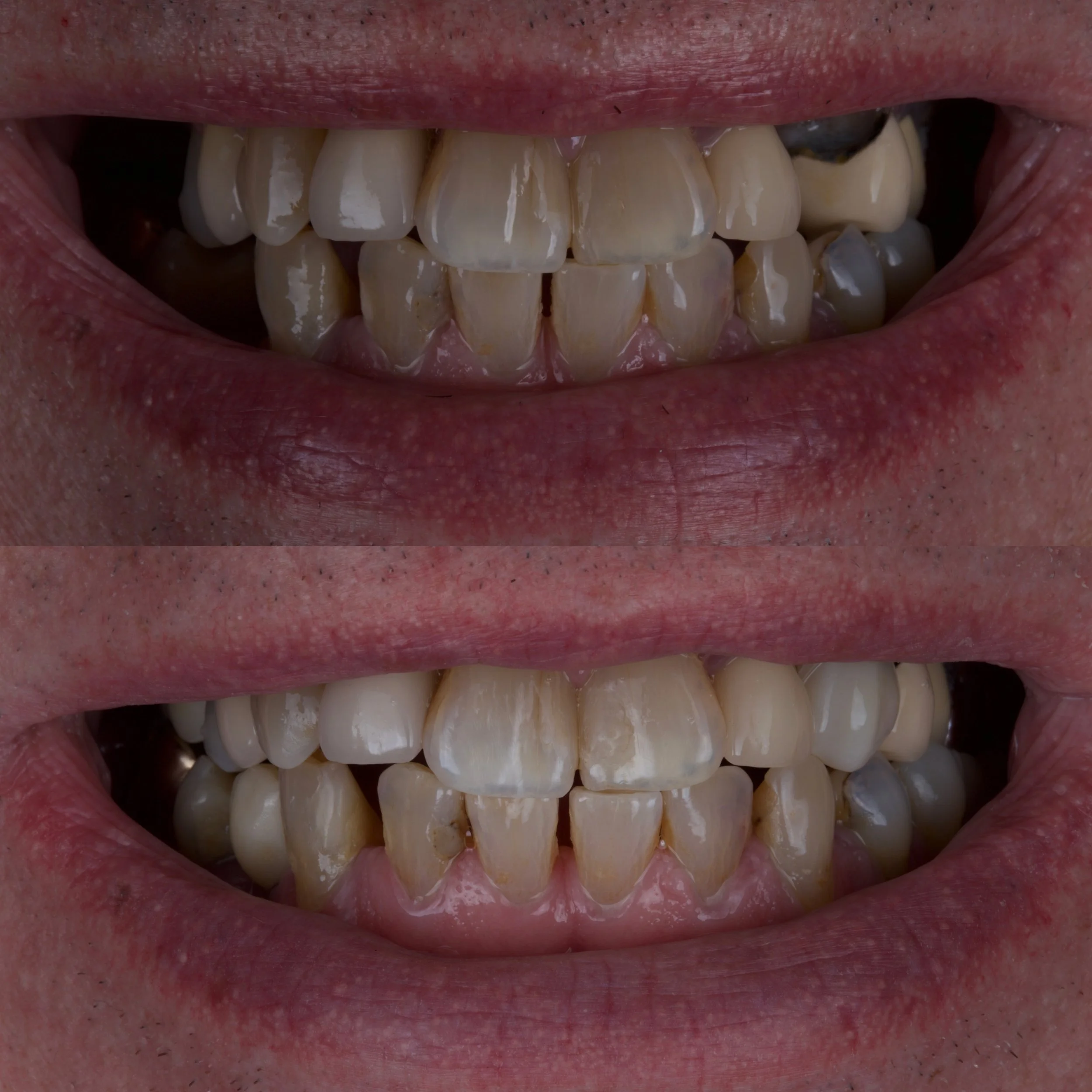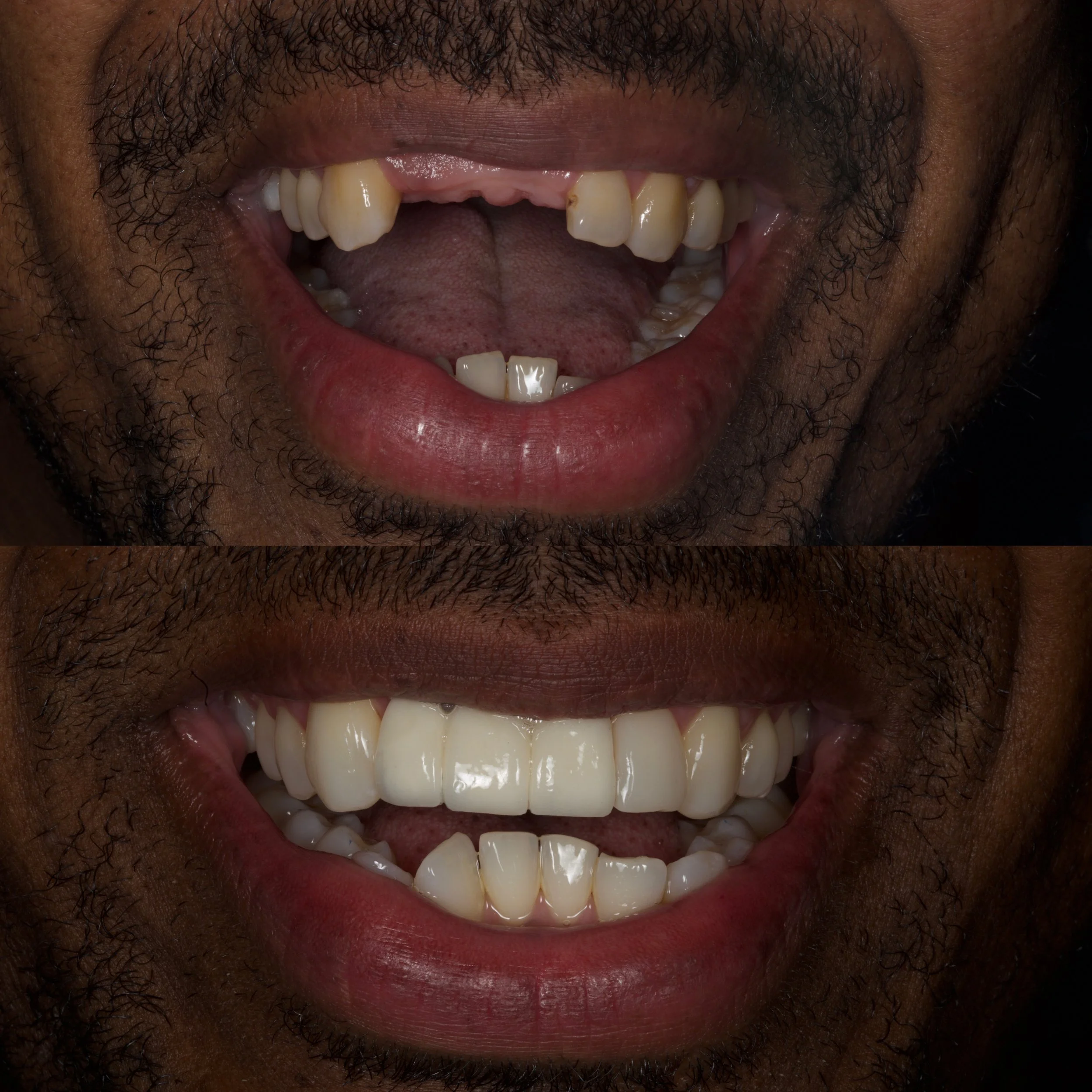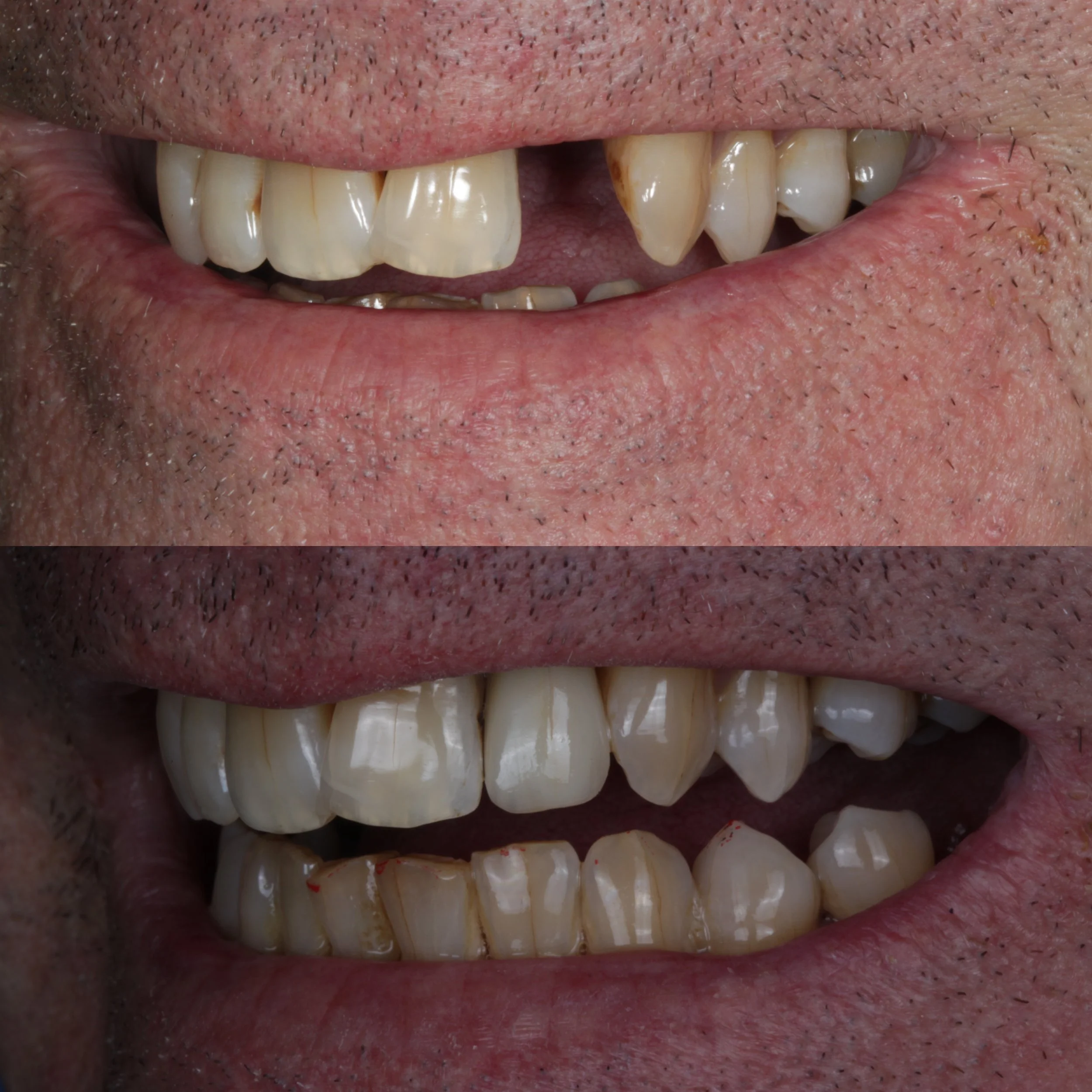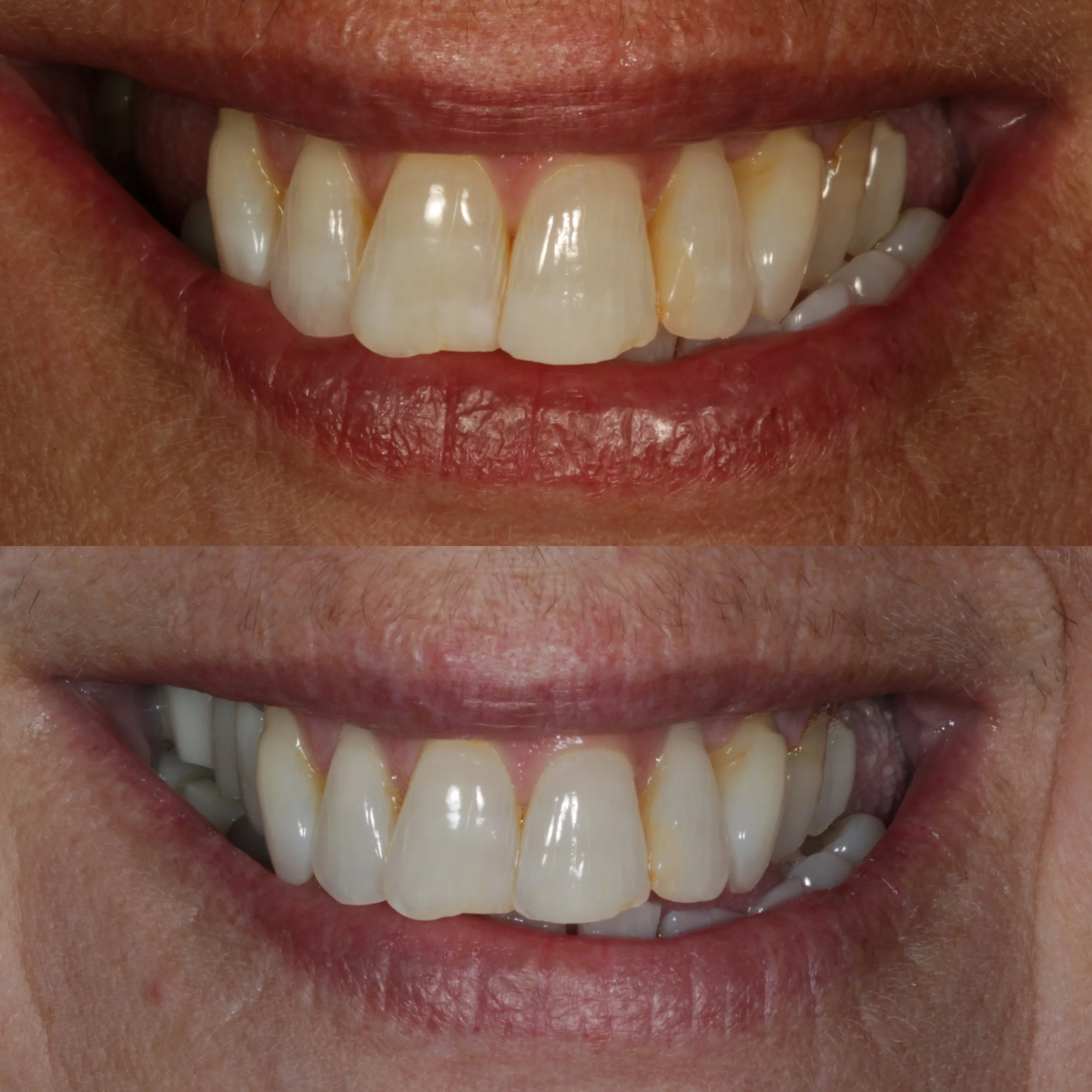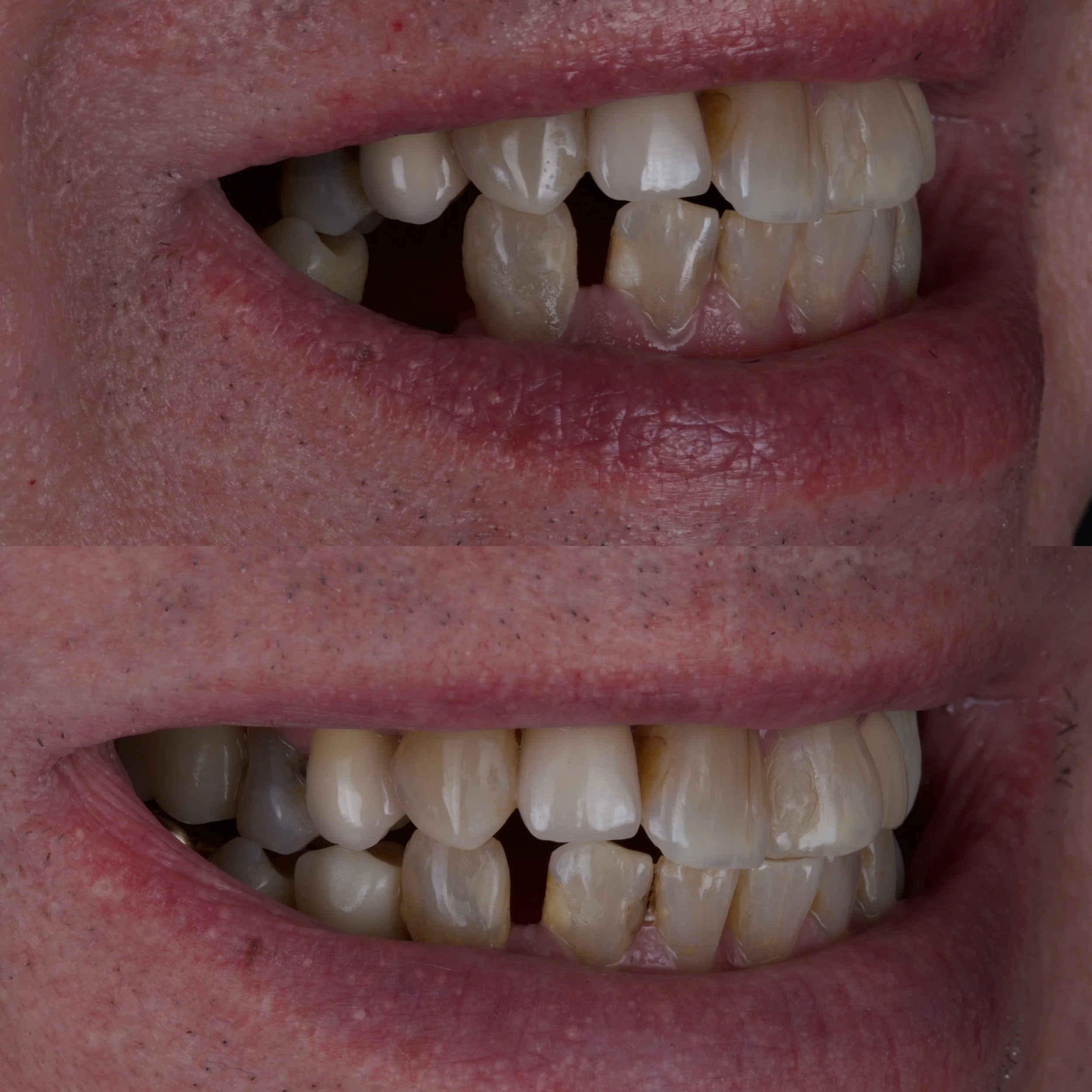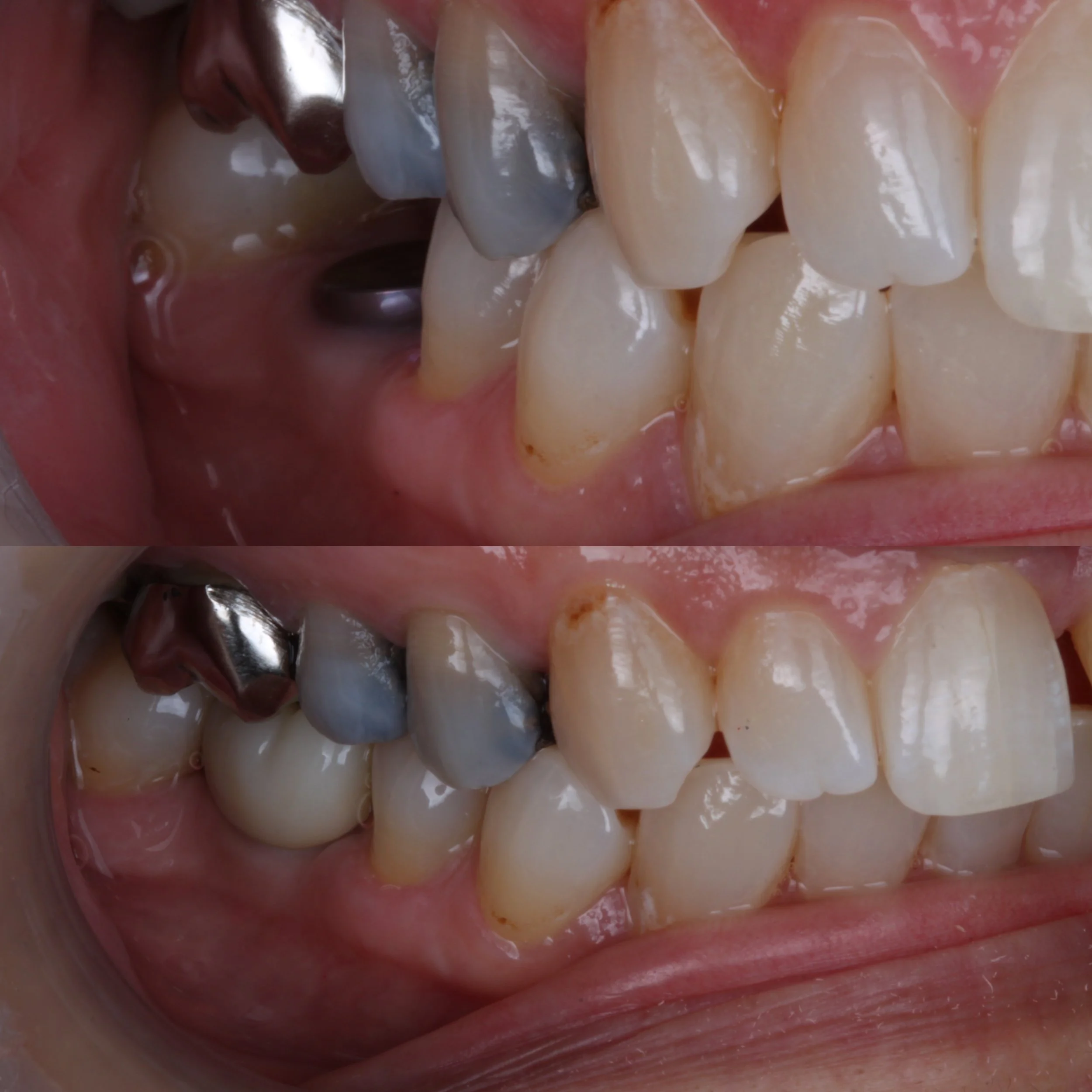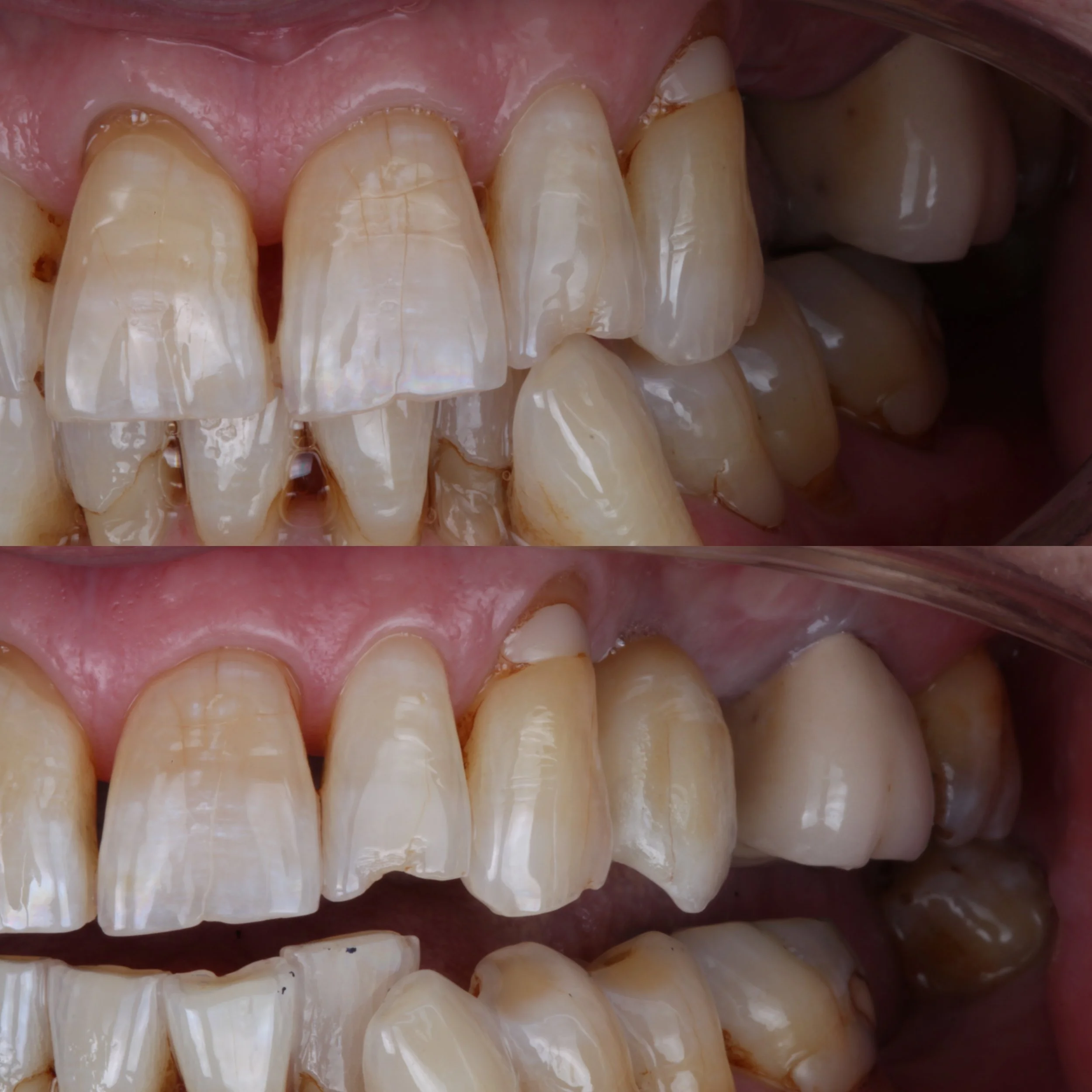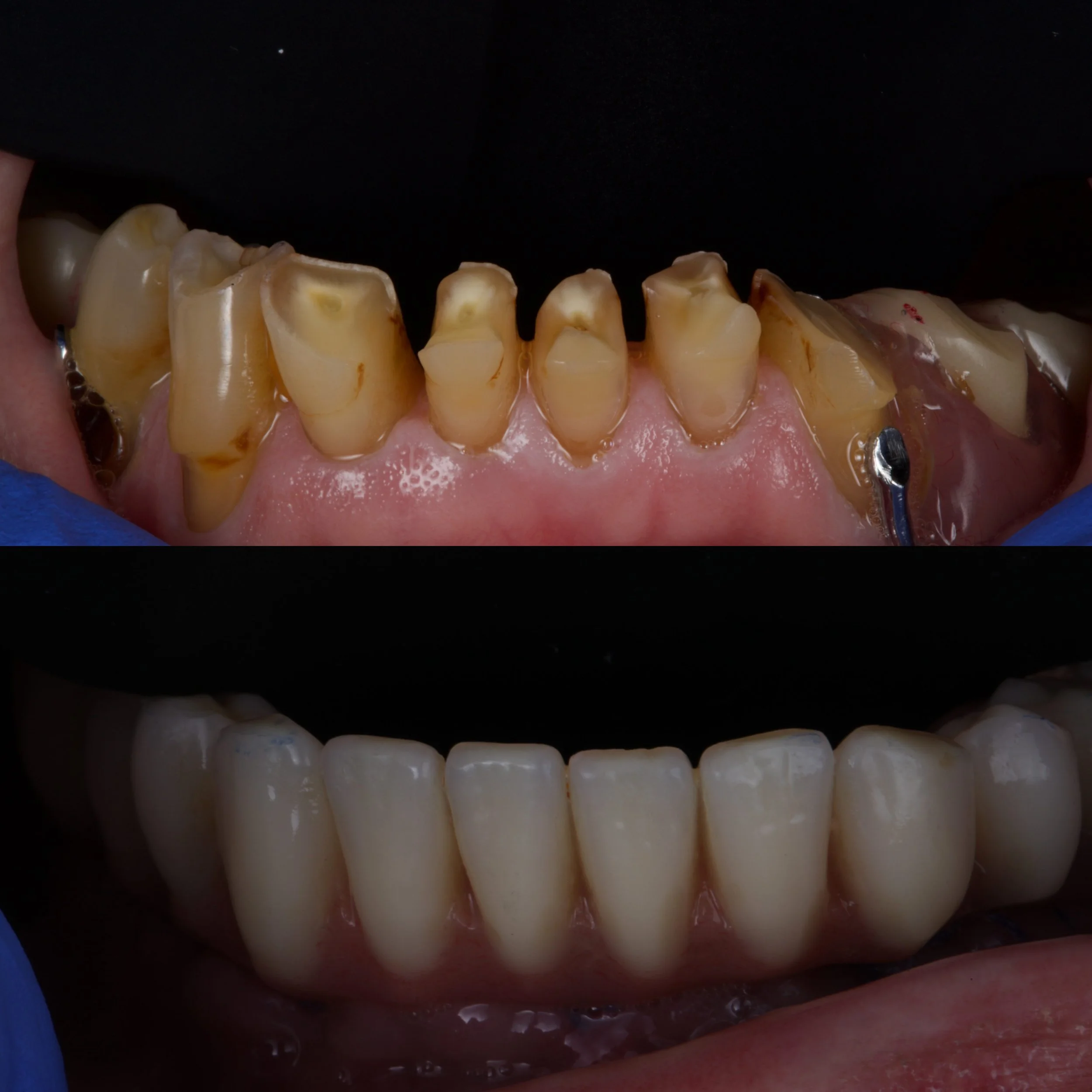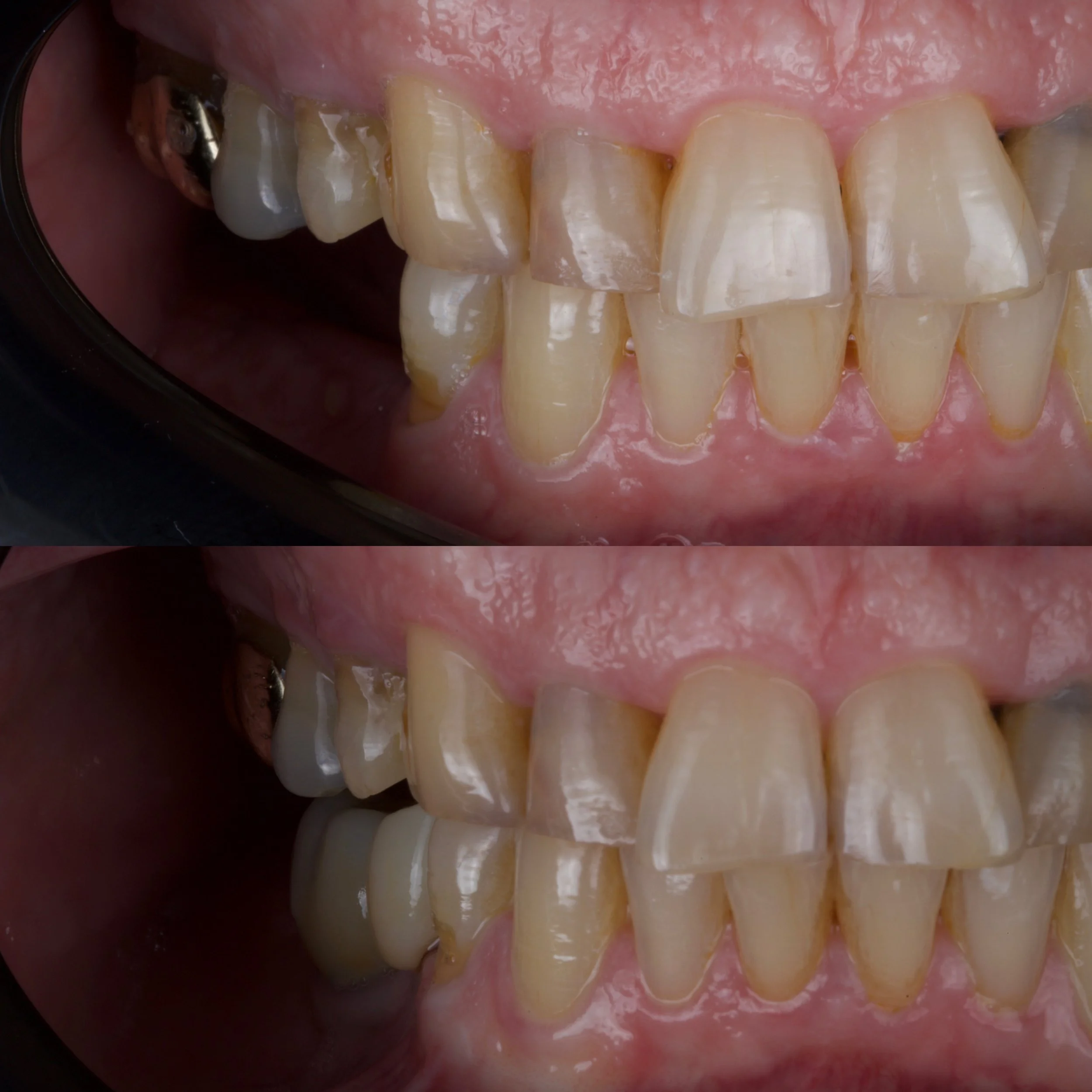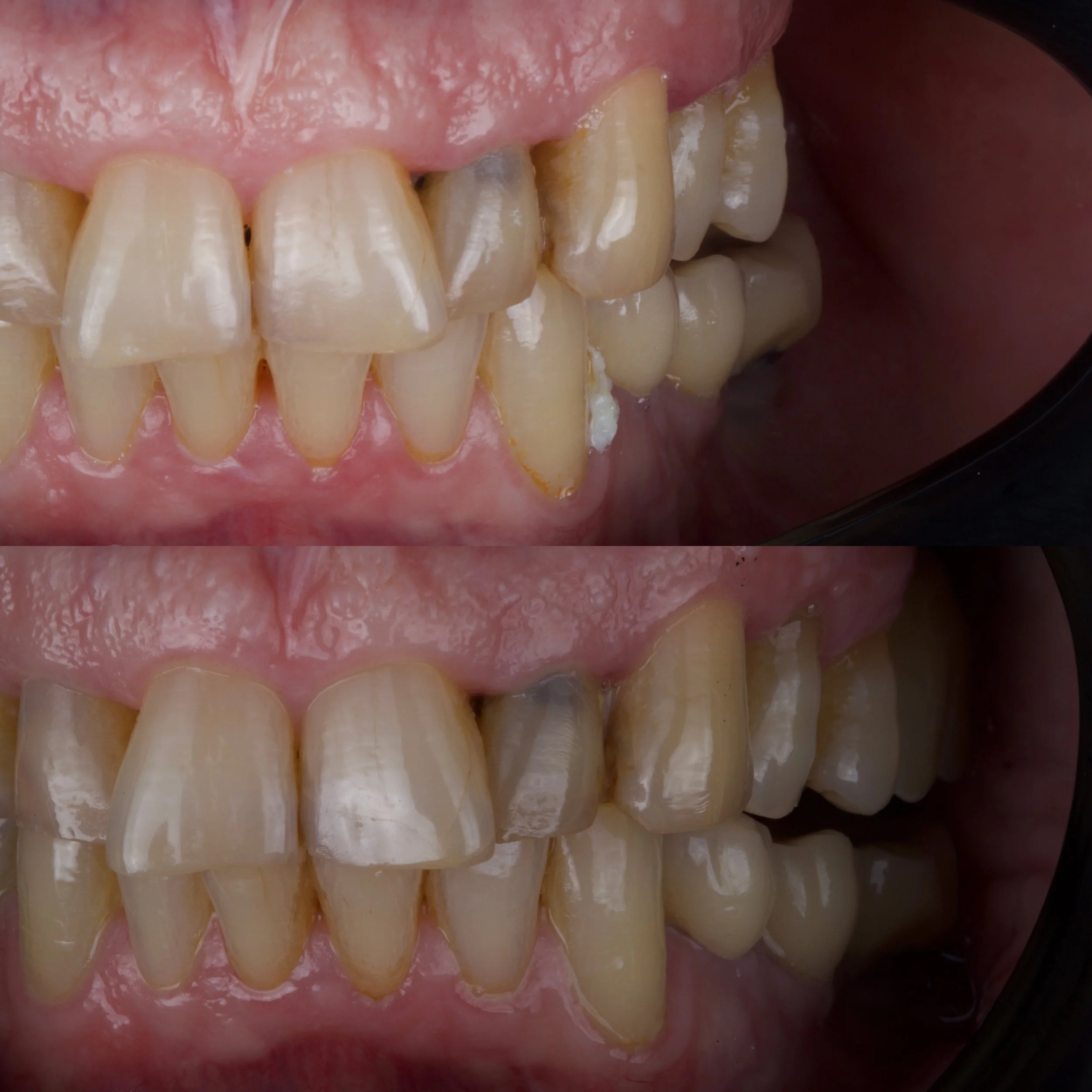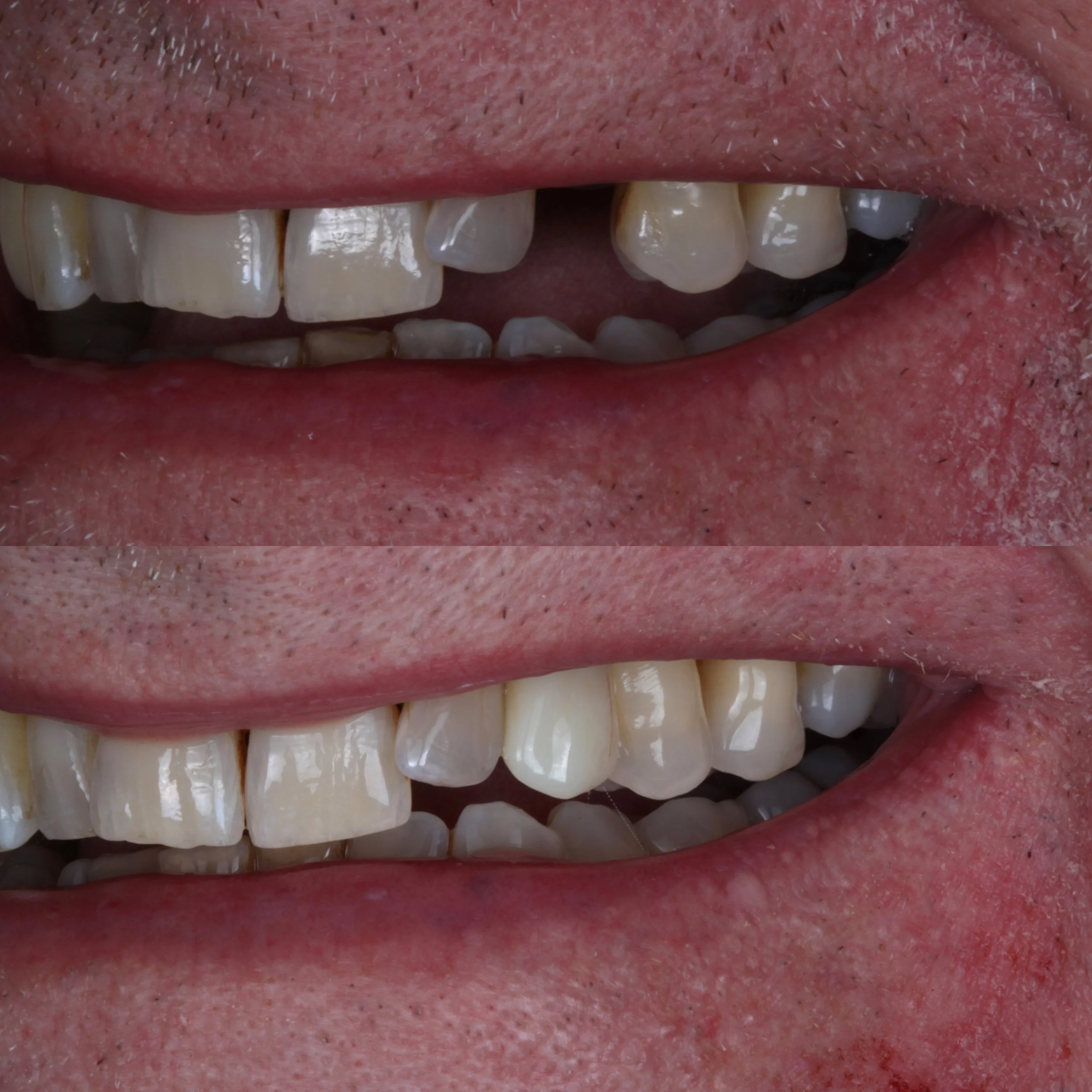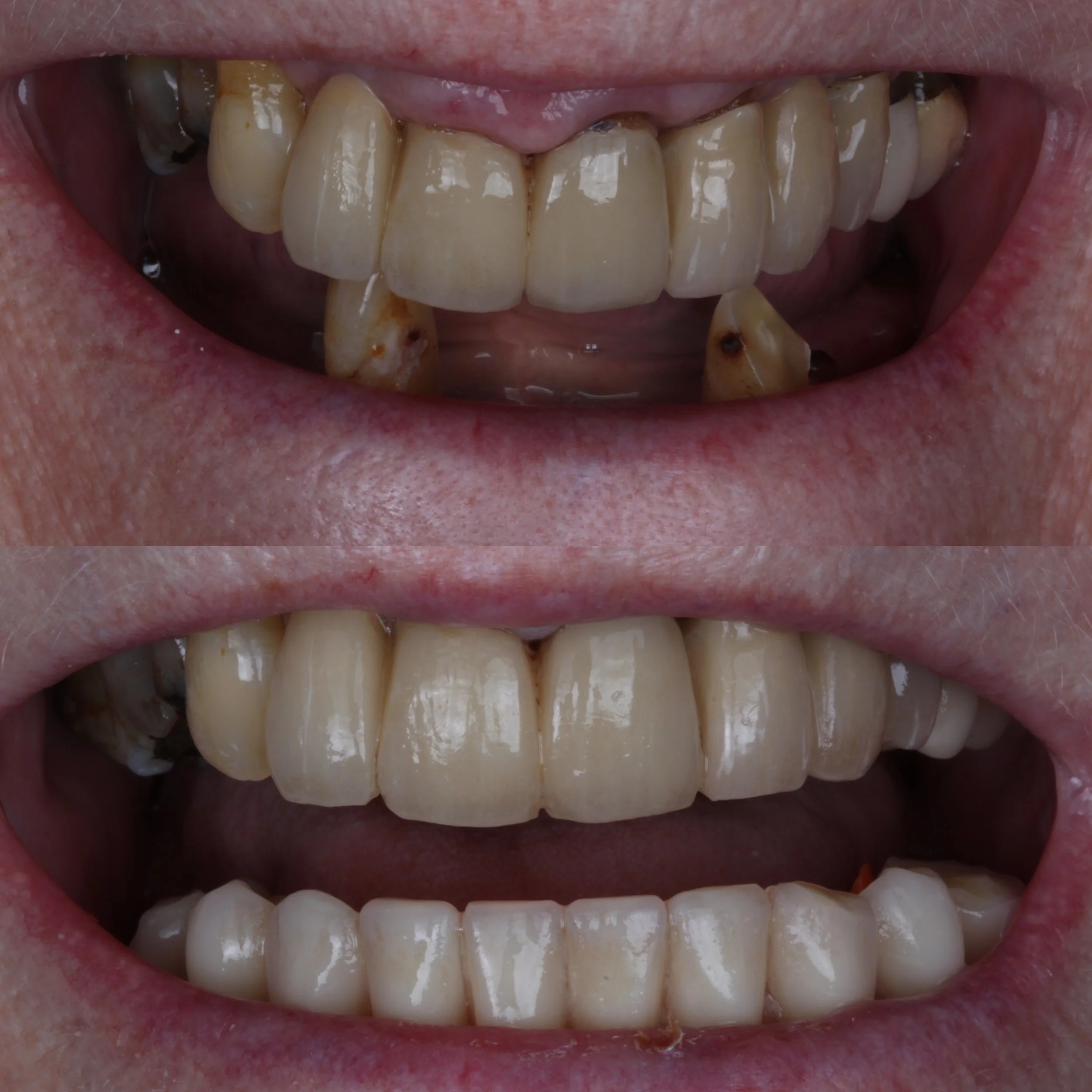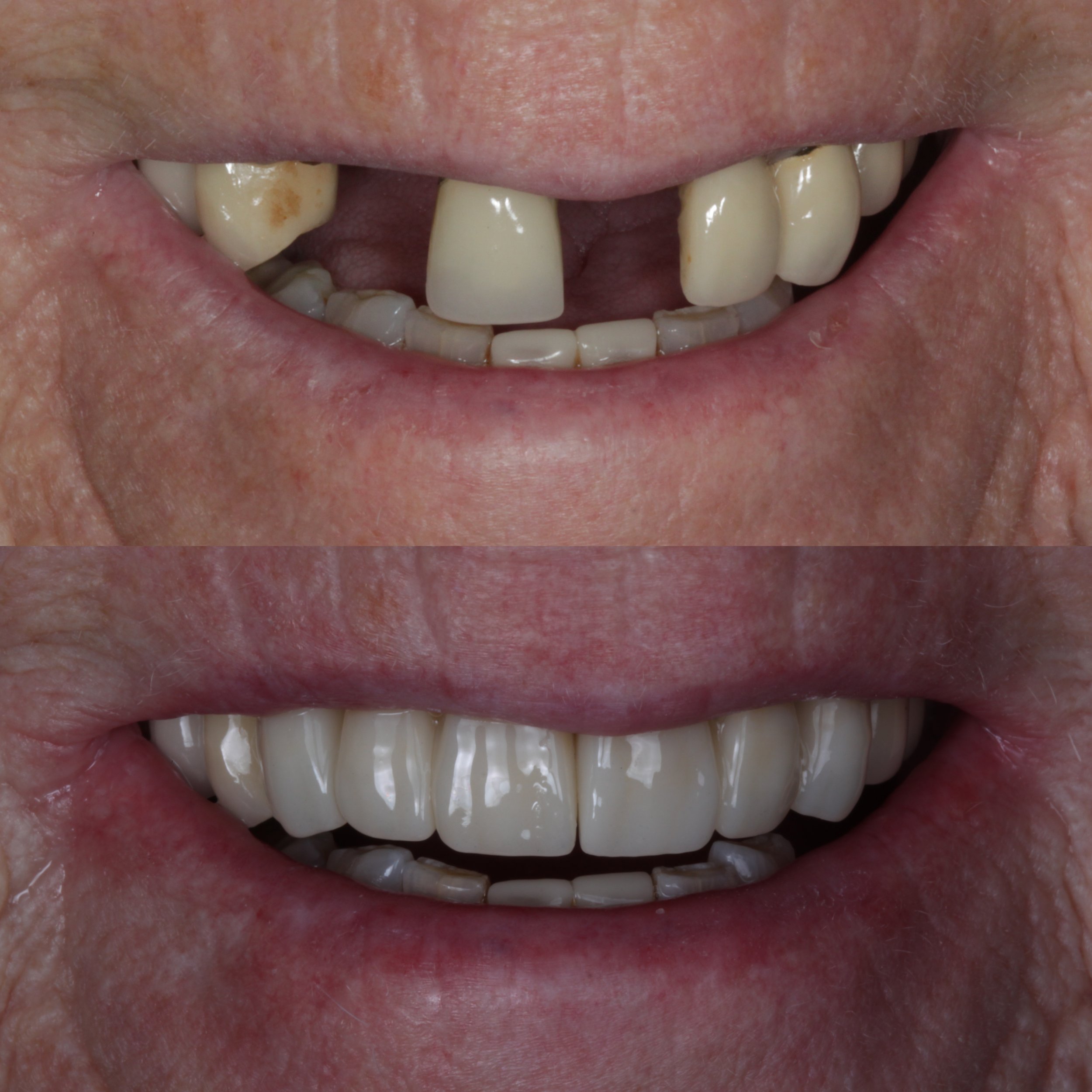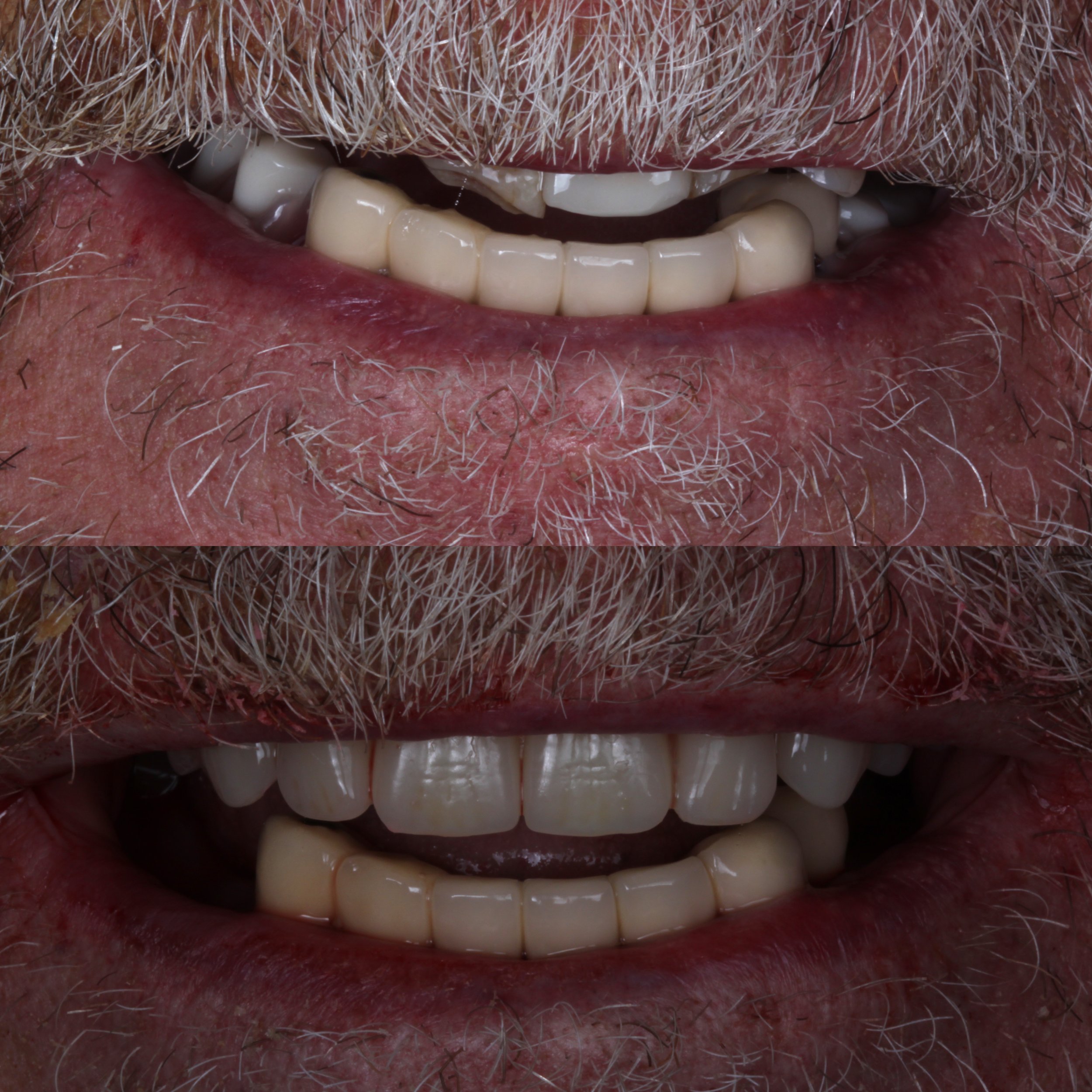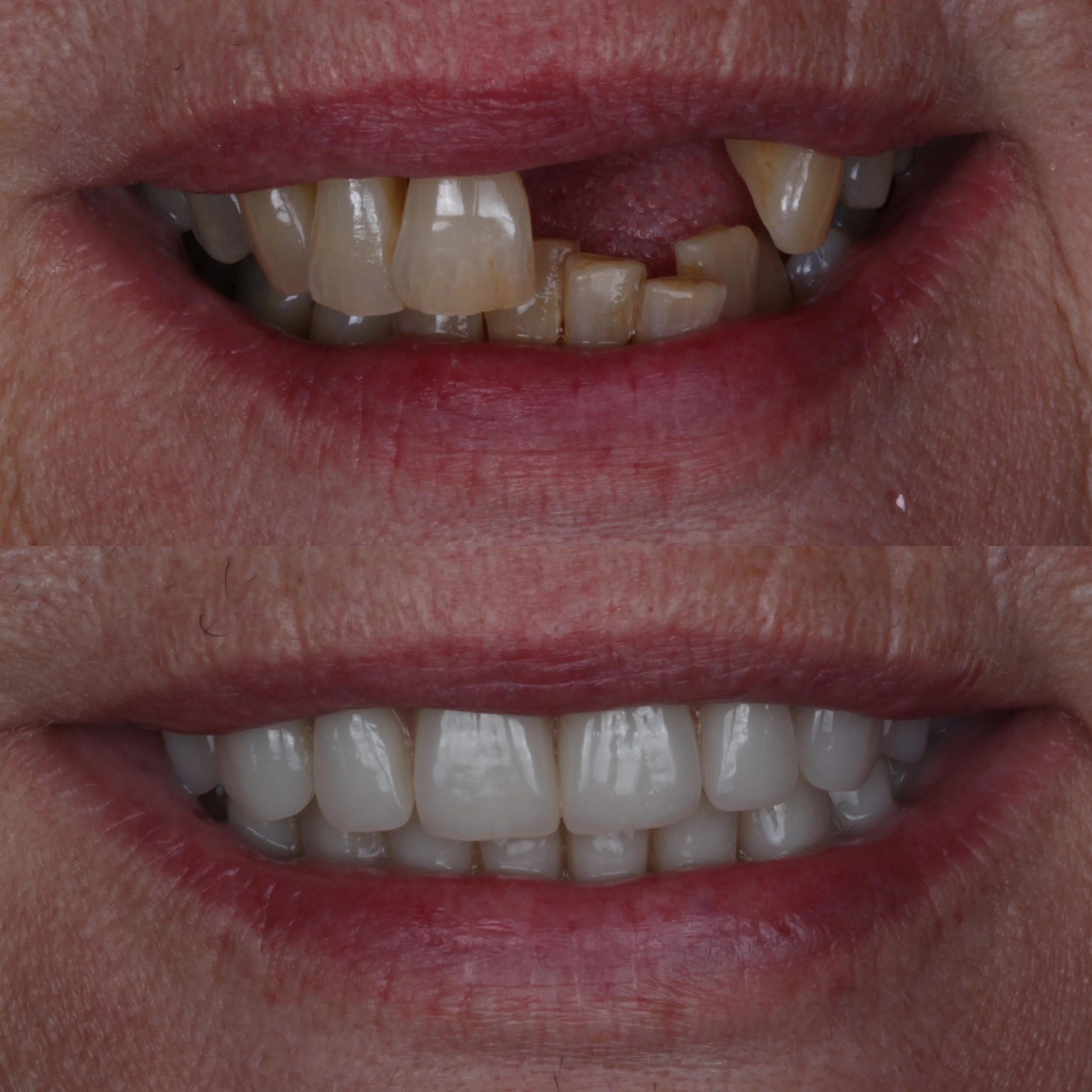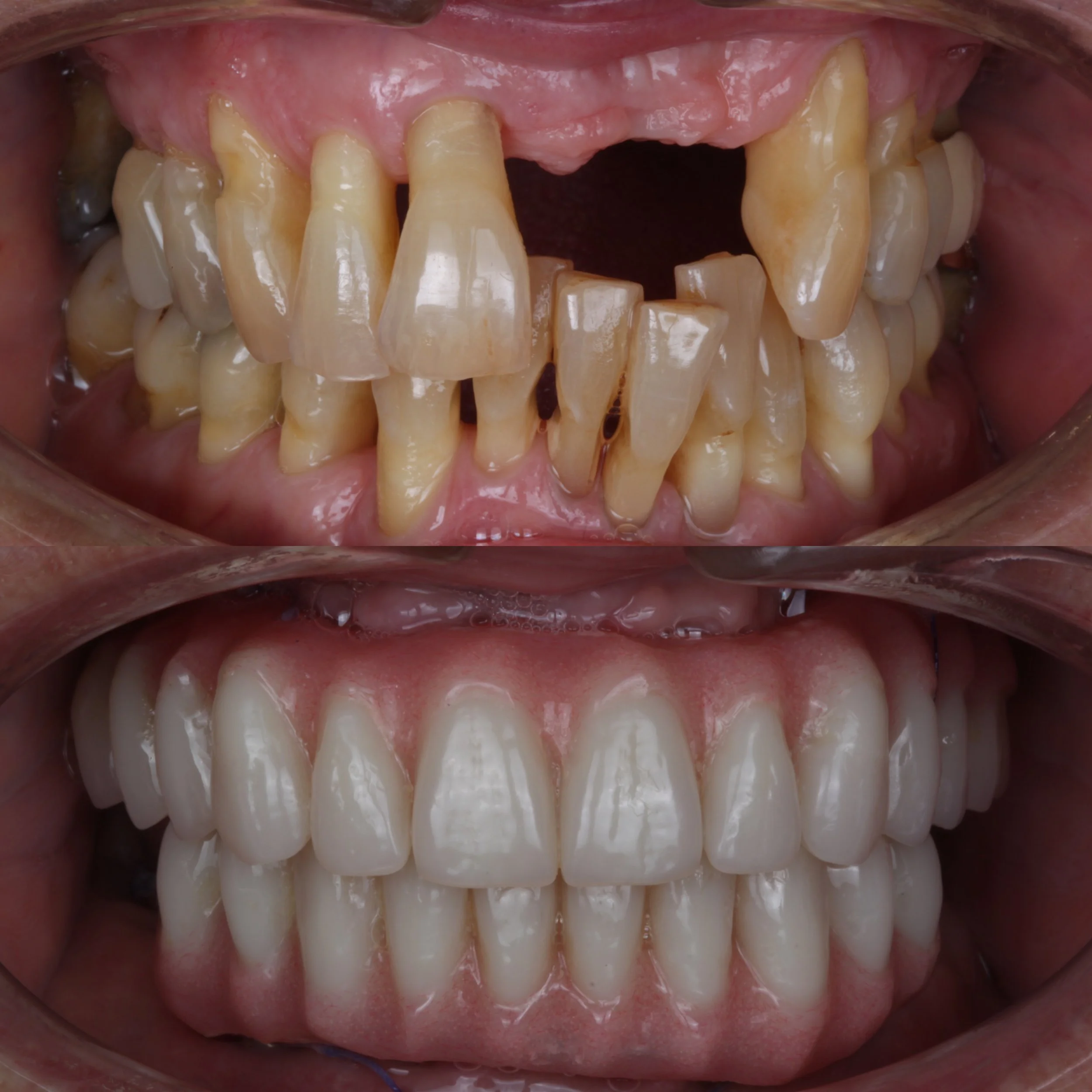Revolutionizing Dental Implantology
Embark on a transformative journey towards a radiant smile. Whether you seek to enhance your dental health or rejuvenate your confidence, Dr Abbas is here to listen and assist you in anyway shape or form. With a blend of precision and care, we aim to elevate smiles to new heights through cutting-edge implantology techniques. Your smile is a canvas, and together we can craft a masterpiece that would be able to improve your quality of life & confidence in your smile!
Dare to dream big, starting with your teeth. Your journey to wholesome dental care begins here.
Together, let's sculpt a story of resilience and beauty.
“Your smile is a canvas, and together we can craft a masterpiece that would be able to improve your quality of life.”
Dental Implants: A Comprehensive Guide
B Y D R . A B B A S A L I M A N J I
Why Are Implants Needed?
When teeth are lost, the bone that once supported them gradually diminishes due to lack of stimulation. This process, known as bone resorption, can lead to changes in facial structure and may compromise the function of adjacent teeth. Traditional replacements like dentures or bridges can address appearance and function but come with their own limitations. Dentures may hinder eating efficiency and retention, while bridges may necessitate altering healthy teeth for support. In some cases, these options may not be feasible due to specific dental conditions such as insufficient bone volume or unfavourable tooth alignment.
An alternative and increasingly popular solution is dental implants. These are titanium structures resembling tooth roots, which are surgically inserted into the jawbone to support artificial teeth. Unlike dentures or bridges, implants replace both the tooth and its root, providing stability and preventing further bone loss. With proper care, dental implants can last a lifetime, making them a durable and reliable solution for tooth replacement.
The Procedure:
Assessment of jawbone health is crucial before implant placement. This often involves a comprehensive evaluation using X-rays, 3D Cone Beam CT scans, and clinical examinations. These diagnostic tools help determine the quantity and quality of available bone, as well as the location of vital structures such as nerves and sinuses.
Implant placement is a surgical procedure performed under local anaesthesia. The position and angle of the implants are carefully planned to optimize support and stability for the artificial teeth. In some cases, additional procedures such as bone grafting or sinus lifting may be necessary to augment the jawbone and create an ideal foundation for the implants.
Types of Implant Placement:
Immediate Insertion: This approach involves placing the dental implant at the same time the tooth is removed, also known as immediate implant placement. The advantages of this approach include a reduction in treatment time and preservation of bone in the extraction site. However, immediate implant placement may not be suitable for all patients, especially if the socket is compromised or if there is an active infection present.
Early Dental Implant Placement: In cases where teeth have been missing for some time or have been extracted previously, early dental implant placement may be performed. This approach typically requires bone grafting to restore lost bone volume and create a stable foundation for the implants. Soft tissue grafting may also be necessary to enhance the aesthetics of the final restoration.
Delayed Implant Placement: This is when an implant is placed in bone that has already healed from an extraction for many months if not years!
After Implant Placement:
After the procedure, patients may experience some discomfort, swelling, and bruising, which are normal post- operative symptoms. Pain medication and anti-inflammatory drugs may be prescribed to alleviate discomfort, and cold compresses can help reduce swelling. Patients are advised to follow post-operative instructions provided by their dentist to promote proper healing.
During the initial healing period, it's essential to maintain good oral hygiene and follow a soft diet to avoid placing excessive pressure on the implants. Patients should attend scheduled follow-up appointments to monitor healing progress and ensure implant stability. In some cases, temporary restorations may be provided to maintain aesthetics and function during the healing phase.
Making The New Teeth:
After the implants have integrated with the bone, impressions are taken to create custom-made prosthetic teeth. These impressions capture the unique contours of the patient's mouth, ensuring a precise fit and natural appearance. The fabrication process typically involves collaboration between the dentist and dental laboratory technicians to design and craft the final restorations.
Once the new teeth are fabricated, they are securely attached to the implants using abutments and screws. The fit and occlusion (bite) of the prosthetic teeth are carefully evaluated to ensure comfort and functionality. Patients may need to return for additional adjustments to fine-tune the fit and achieve optimal aesthetics and function.
What Happens if Implants Don’t Integrate?
While dental implants have high success rates, there is a small risk of implant failure, particularly during the initial healing period. Factors such as smoking, pre-existing gum disease, and systemic health conditions can a=ect implant integration and increase the risk of complications. If an implant fails to integrate with the bone, it may need to be removed, and additional treatment may be necessary to replace it successfully.
Aftercare and Maintenance:
Maintaining oral hygiene is essential for the long-term success of dental implants. Patients should brush and floss regularly and attend regular dental check-ups and cleanings to prevent plaque build-up and gum disease. Additionally, patients with dental implants should avoid smoking and excessive alcohol consumption, as these habits can compromise implant healing and increase the risk of complications.
After completing implant treatment, patients will need to attend periodic recall appointments to monitor the health of their implants and surrounding tissues. These appointments allow the dentist to detect any issues early and intervene promptly to prevent further complications. Patients should also be vigilant for signs of implant problems, such as loosening or mobility of the prosthetic teeth, and report any concerns to their dentist promptly.
Conclusion:
Dental implants offer a reliable and long-lasting solution for tooth replacement, providing patients with restored function, aesthetics, and oral health. By understanding the implant process and following proper aftercare instructions, patients can enjoy the benefits of implants for many years to come. If you have any questions or concerns about dental implants, don't hesitate to discuss them with your dentist. Your oral health and satisfaction are our top priorities, and we're here to support you every step of the way.
FAQs
-
Each patient receives a two-year guarantee on their dental implants. If any issues arise, patients are encouraged to return within two years of the initial treatment for a complimentary implant placement covered by this guarantee.
-
Dental Implants are the gold standard for majority of patients to replace teeth. Other options are to see if you are a patient that would be viable to have dentures or a bridge instead. Please sought advice from your dental provider. If you'd like to book a consultation please fill out the form below & we would be happy to assist in our Essex or Enfield Practice.
-
We’ll always be sure to apply anaesthetic to ensure you’re comfortable and pain-free. You may experience some pain and tenderness after the treatment, but this can usually be treated with painkillers such as paracetamol or ibuprofen.
-
Every case is different, however the average time for an implant procedure is completed in is usually 3-6 months.
-
Congratulations!
If you'd like to book a consultation in our Essex or Enfield Practice then please fill out the form below and one of the members of team will be in contact with you directly.
We look forward to seeing you for your consultaiton!
